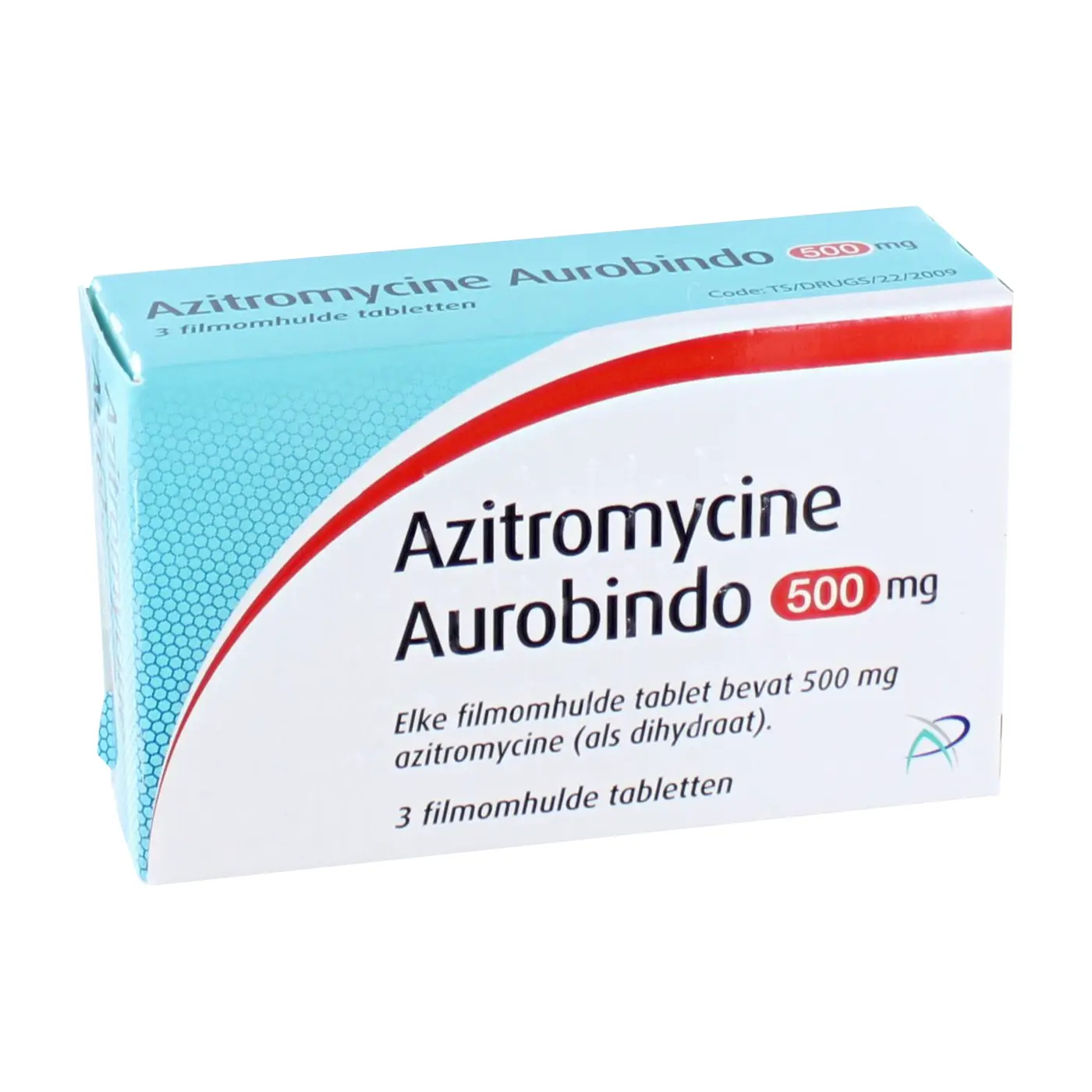Why Choose Azithromycin?
Effective Against Broad Spectrum Infections Azithromycin is a versatile antibiotic that effectively combats a wide range of bacterial infections, making it a go-to choice for many healthcare professionals. Its broad spectrum activity means it can target various bacteria, making it suitable for treating diverse infections. This versatility contributes to its widespread use and popularity.
Convenient Single-Dose Regimen Azithromycin often requires fewer doses compared to other antibiotics, simplifying treatment and improving patient compliance. The single-dose regimen is particularly appealing to patients seeking a more convenient treatment option. Fewer doses mean less disruption to daily life and improved adherence to the prescribed course of therapy.
Good Tissue Penetration Azithromycin effectively reaches infected tissues, ensuring optimal therapeutic concentrations where they are needed most. Its ability to penetrate various tissues, including respiratory and skin tissues, enhances its efficacy in treating localized infections. This targeted delivery maximizes the drug's impact on bacteria while minimizing systemic exposure.
Long Half-Life for Sustained Action Azithromycin's extended half-life allows for sustained antibiotic levels in the body, providing prolonged therapeutic benefits. The long half-life means fewer doses are required, and the drug remains active in the body for a longer period. This sustained action helps to eradicate bacteria effectively and prevent recurrence of infection.
Oral Administration for Ease of Use Azithromycin is typically administered orally, making it a convenient and accessible treatment option for many patients. The oral formulation simplifies administration, allowing patients to take the medication at home. This ease of use contributes to improved compliance and better treatment outcomes.
Always follow your doctor’s instructions for the best results and safety.


